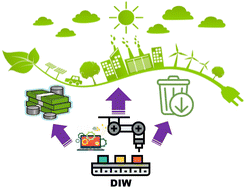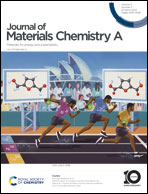3D direct ink printed materials for chemical conversion and environmental remediation applications: a review
Abstract
3D printing technologies and continuous flow microreaction systems are rapidly gaining attention in the domain of heterogeneous catalysis. From a materials perspective, minimising material waste through simplified single (or few) step fabrication processes is attractive for commercial exploitation. Direct ink writing (DIW) has recently studied as potential printing technology for energy storage, such as batteries and capacitors. However, the use of DIW to develop catalysts and microreactors for photo-, photoelectro-, and electrocatalysis reactions for chemical conversion and environmental remediation applications has not been developed as much as reported for energy storage applications. Hence, this review summarises the most recent development of DIW for photo-, photoelectro-, and electrocatalysis reactions for chemical conversion and environmental remediation applications. Recent trends, such as fast prototyping of reactors via 3-D printing of flow channels, miniaturisation and use of multi-physics modelling, are also highlighted. Finally, a perspective of DIW development to accurately fabricate nanostructured catalysts as well as reactions for catalytic applications is presented.

- This article is part of the themed collections: Celebrating International Women’s day 2024: Women in Materials Science and Journal of Materials Chemistry A Recent Review Articles


 Please wait while we load your content...
Please wait while we load your content...